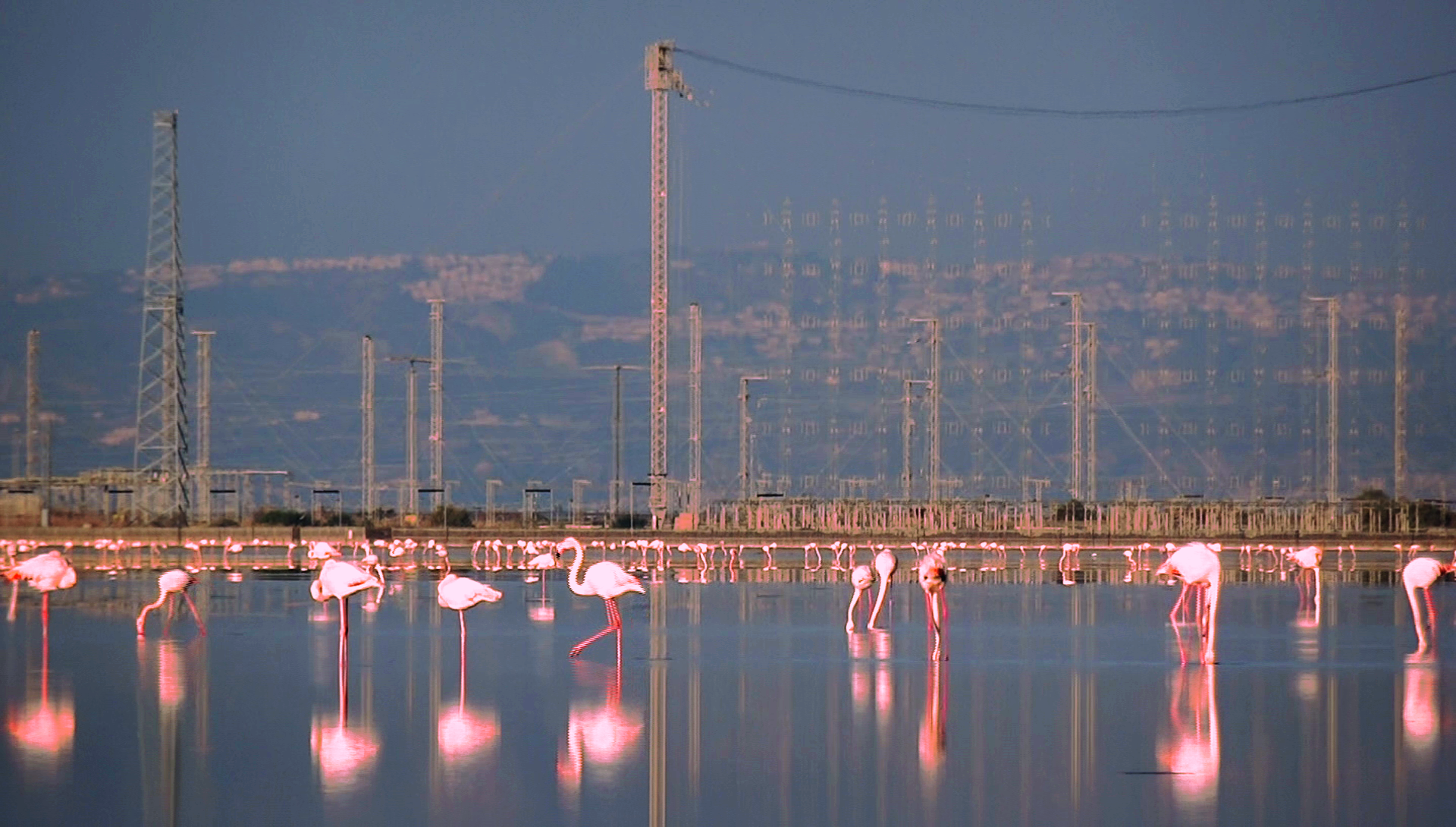Aldous Huxley, Island (New York: Harper & Brothers Publishers, 1962).
Ivan Margery, “The Marsham Phenological Record in Norfolk, 1736–1925, and some others,” Quarterly Journal of the Royal Meteorological Society (January 1926), ➝.
T. H. Sparks and P. D. Carey, “The Responses of Species to Climate Over Two Centuries: An Analysis of the Marsham Phenological Record, 1736-1947,” Journal of Ecology 83, no. 2 (April 1995): 321–329, ➝.
Jeffrey T. Kerby and Eric Post, “Advancing plant phenology and reduced herbivore production in a terrestrial system associated with sea ice decline,” Nature Communications (October 2013), ➝.
Eric Post, Jeffrey Kerby, Christian Pedersen, and Heidi Steltzer, “Highly individualistic rates of plant phenological advance associated with arctic sea ice dynamics,” Royal Society Biology Letters (December 2016), ➝.
Abraham J. Miller-Rushing, Toke Thomas Høye, David W. Inouye, and Eric Post, “The effects of phenological mismatches on demography,” Philosophical Transactions B (October 2010), ➝.
Alex Randall, “Syria and climate change: did the media get it right?,” Climate and Migration Coalition, ➝.
“Food Security and Emigration,” World Food Program, August 2017, ➝.
Camilo Mora, Randi L Rollins, Katie Taladay, Michael B Kantar, Mason K Chock, Mio Shimada, and Erik C Franklin, “Bitcoin emissions alone could push global warming above 2°C,” Nature Climate Change (November 2018), ➝.
Mark P Mills, “The Cloud Begins With Coal: Big Data, Big Networks, Big Infrastructure, and Big Power,” Digital Power Group (August 2013), ➝.
James Bridle, “Air pollution rots our brains. Is that why we don’t do anything about it?,” The Guardian, September 24, 2018, ➝.
Michael Winnick, “Putting a Finger on Our Phone Obsession,” Dscout, June 16, 2016, ➝.
BJ Fogg, Persuasive Technology: Using Computers to Change What We Think and Do (Amsterdam and Boston: Morgan Kaufmann Publishers, 2003).
BJ Fogg, “How to Motivate & Persuade Users,” CHI 2003 Tutorial, 2003, ➝.
Ian Leslie, “The Scientists who make Apps addictive,” The Economist, October/November 2016, ➝.
Jill Petzinger, “Instagram CTO says they do not withhold “likes” to keep users coming back for more,” Quartz, January 14, 2018, ➝.
Paul Lewis, “’Our minds can be hijacked’: the tech insiders who fear a smartphone dystopia,” The Guardian, October 5, 2017, ➝.
➝.
James Bridle, “Something is wrong on the Internet,” Medium, November 6, 2017, ➝.
Rina Raphael, “Netflix CEO Reed Hastings: Sleep Is Our Competition,” Fast Company, June 11, 2017, ➝.
Liese Exelmans and Jan Van den Bulck, “Binge Viewing, Sleep, and the Role of Pre-Sleep Arousal,” Journal of Clinical Sleep Medicine 13, no. 08 (August 2017), ➝.
Aldoux Huxley, Ends and Means: an inquiry into the nature of ideals and into the methods employed for their realization (New York and London: Harper & Bros., 1937).
